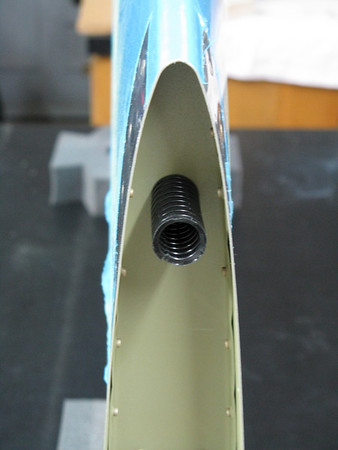I have read til dead and watched MANY videos on building my new RV-9A, but just as I am about to start my build tomorrow (with inventory), it occurs to me (while examining the preview plans) that I need to be making allowances for navigation light wires, etc. NOWHERE have I seen instructions in this regard, unless I have glossed over them in my reading (hope not).
I am guessing that I am making a stupid assumption here and asking a really dumb question, but.................you can't go cutting holes for grommets in ribs for various optional systems AFTER the surfaces have been assembled, right? Soooooo...........how does one plan and prepare for this?
I MUST have missed this in my plan reading. (Go ahead....laugh.....I deserve it!)
I am guessing that I am making a stupid assumption here and asking a really dumb question, but.................you can't go cutting holes for grommets in ribs for various optional systems AFTER the surfaces have been assembled, right? Soooooo...........how does one plan and prepare for this?
I MUST have missed this in my plan reading. (Go ahead....laugh.....I deserve it!)





